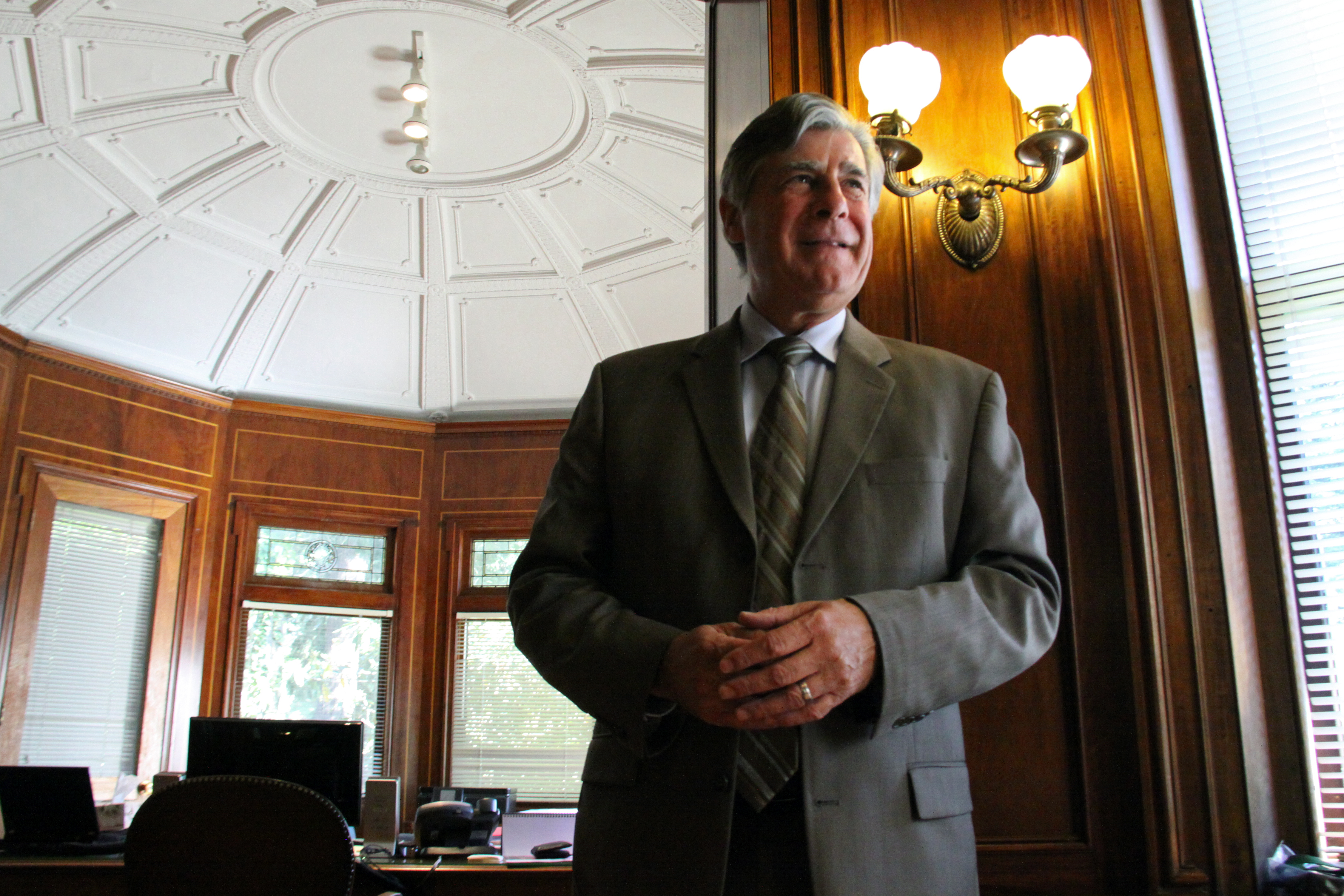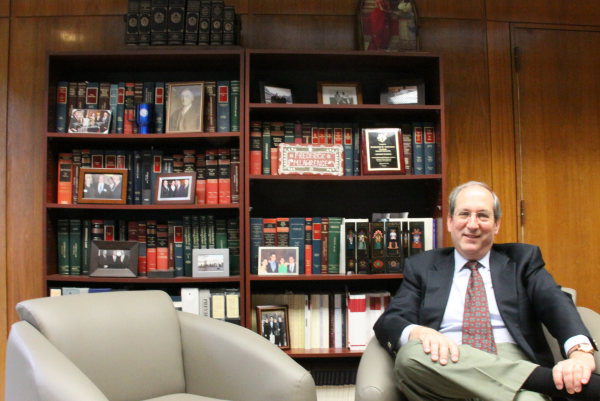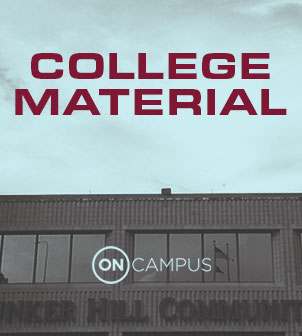college
 They’ve been part of the higher education landscape since 1837 when Mount Holyoke College in South Hadley, Mass., opened its doors. But today, some women’s colleges are struggling to fill their seats.
They’ve been part of the higher education landscape since 1837 when Mount Holyoke College in South Hadley, Mass., opened its doors. But today, some women’s colleges are struggling to fill their seats.
Twice in the past six months, trustees at traditionally women-only schools have responded to that challenge by voting to go co-ed.
 The federal government has shut down, so now what? What does the gridlock in Washington mean for students and faculty in the land of higher ed? With no end in sight, here’s what we know so far.
The federal government has shut down, so now what? What does the gridlock in Washington mean for students and faculty in the land of higher ed? With no end in sight, here’s what we know so far.

It's been two weeks since President Obama proposed his sweeping plan to make college more affordable. Now, low-income students and their advocates are urging Congress to support it.
The president wants to create a college rating system that ties federal financial aid to colleges' performance outcomes, including their ability to increase access for nontraditional students.
Reactions to Obama's plan to rank colleges have been mixed.

No other city transforms like Boston this time of year, and the scenes are all around us: Returning college students driving U-Hauls, moving into dorms and re-connecting after a summer back home What’s different this September is the nationwide focus on higher education, from the cost, the debt to the payoff.
While students here in Boston set up their dorms, colleges and universities elsewhere are struggling at times behind the scenes and at others, in full view. Take, for instance, empty seats.
Long before two bombs exploded under a bright blue sky on Boylston Street on Marathon Monday, English professor Richard Larschan would take the time at the beginning of the semester to look up students enrolled in his class.
“I made very active use of the student information system,” Larschan said.
Larschan wanted to know whether his students were ready to meet the expectations he had for them. Could they cut it? Did they understand the course workload?
In the past ten years, he noticed a disturbing trend at UMass Dartmouth: More and more of his students couldn’t cut it; they didn’t understand his expectations.
Listen to this story:

Gov. Deval Patrick says he’d welcome a plan in Massachusetts that would allow students to attend state colleges and universities without paying tuition or loans out of pocket.
Last week, the Oregon legislature gave initial approval to a bill last week that would allow students to repay the state with a percentage of their future earnings.

The cost of college is a divisive issue in Congress. A political logjam forced interest rates on federal student loans to double on July 1 and new attempts for compromise failed yesterday.
But there are innovations in addressing student debt. The Oregon legislature gave preliminary approval to a bill that would allow students to attend state colleges without paying tuition or loans. Instead, they’d repay the state with a percentage of their future earnings.
This idea had roots in Boston.

A week after the Supreme Court issued a ruling calling for tougher scrutiny of colleges’ race-conscious admissions policies, small liberal arts schools in New England hoping to boost their minority enrollment are worried about potential legal challenges.
Administrators are eagerly waiting to see what happens in the lower courts. Since the Supreme Court decision, schools like Brandeis University have been asking one vital question:
“Is the court really going to make the standard so hard to meet that it becomes almost impossible?” asked Brandeis president Frederick Lawrence.












